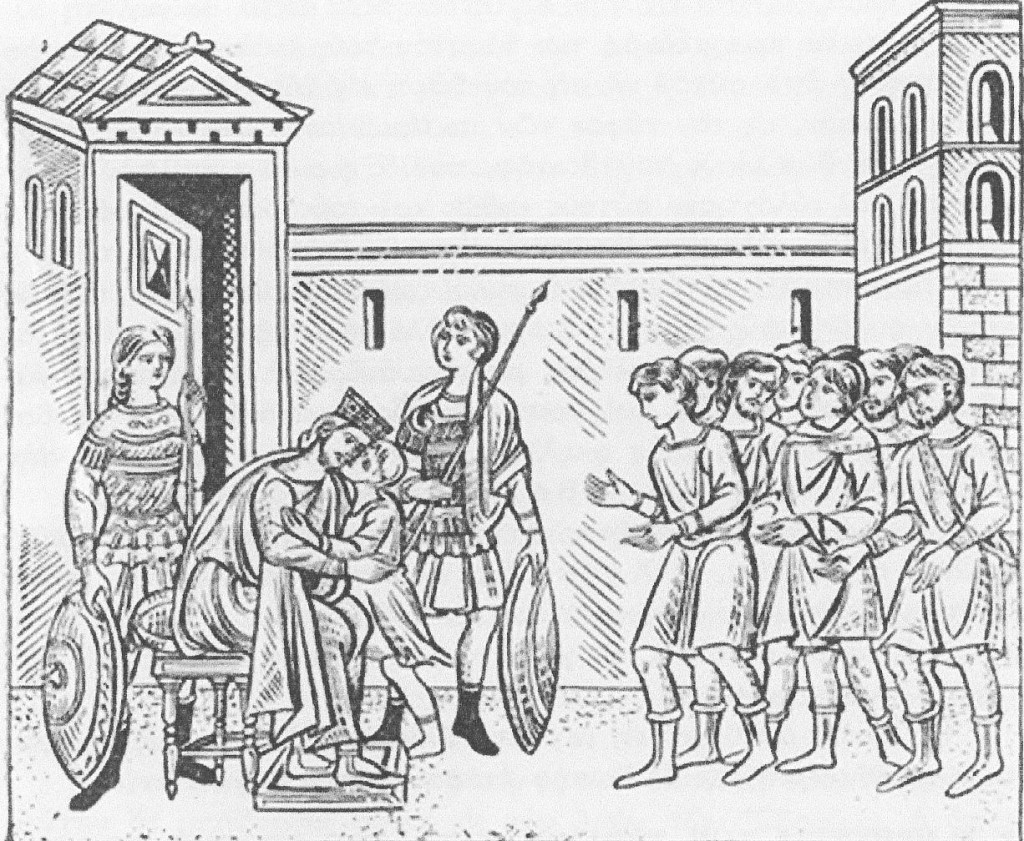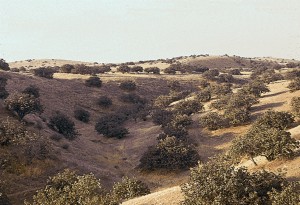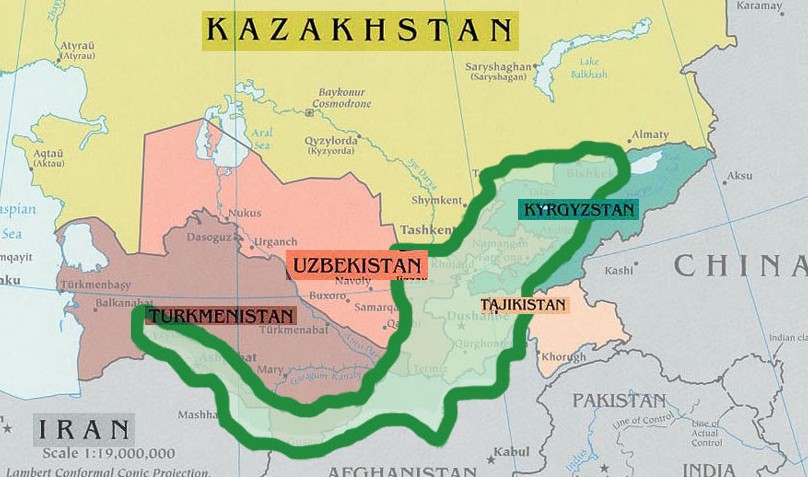
Sicilian scholars have developed the theory that the pistachio tree was cultivated in Palestine in the time of Jacob, a hypothesis with textual support from the Old Testament. Chapter 43 of the book of Genesis speaks of a great famine in the land. The reference is to the seven years of hunger. There was grain in Egypt, where following Joseph’s advice corn had been stored in large quantities to cover the need for food during the seven years of hunger. Jacob then told his sons to go Egypt to buy food and bring it back to Canaan. He also counseled them to take with them, together with the silver, some of their country’s finest products: a little balsam, honey, perfumes and myrrh, walnuts and pistachios (“botnim”). These they were to offer as presents to Joseph.

